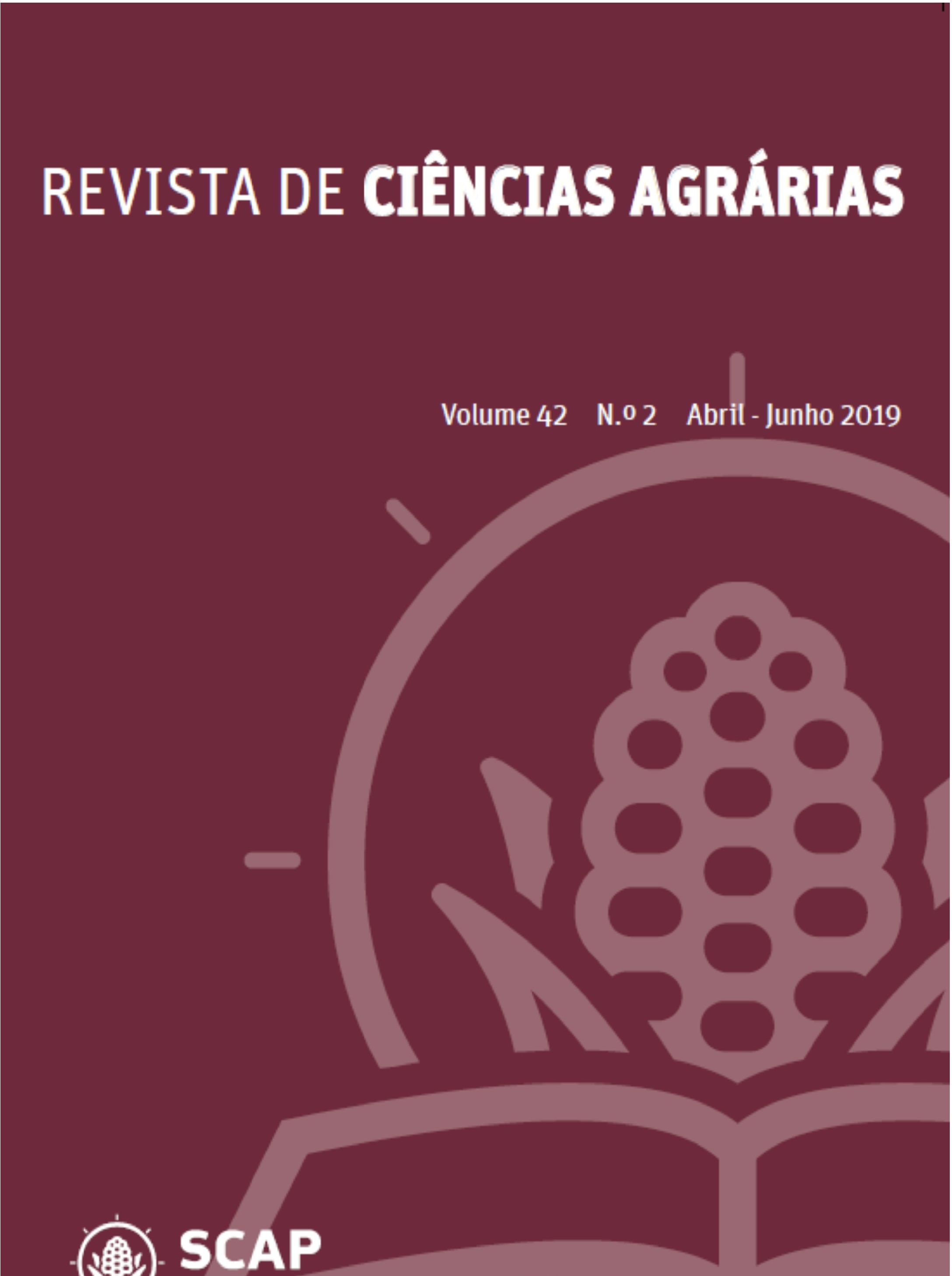Monitoring the bovine activity in grazing by an electronic sensing device based on GPS
DOI:
https://doi.org/10.19084/rca.17264Resumen
The joint analysis about cattle positioning and activity in pasture associated to soil attributes, become important for making decisions and forage management. In this work, the prototype of an electronic sensing device based on global positioning system (GPS) was developed with the objective of monitoring dairy cattle position in pasture and associating animal preference areas to possible changes for soil penetration resistance and organic matter accumulation. Our study was performed at Roçadinho Farm, Agreste region of Pernambuco, Brazil, in 40 x 40 m area, managed under continuous stocking method. The GPS positioning sensors were fixed by collars on the animal neck and programmed to record the animal location during grazing. The mean error observed was 0.65 m. Before and after grazing, 36 deformed samples were collected in the soil surface layer for determination of organic matter (from 0.00 to 0.05 m) and penetration resistance (from 0.00 to 0.10 m). The developed electronic device had adequate accuracy and autonomy for cattle monitoring, which allowed to determine preference sites of grazing. After grazing, there was increase of 6.5% for organic matter and 79.4% for soil penetration resistance in the sites of greater pasture exploitation.


